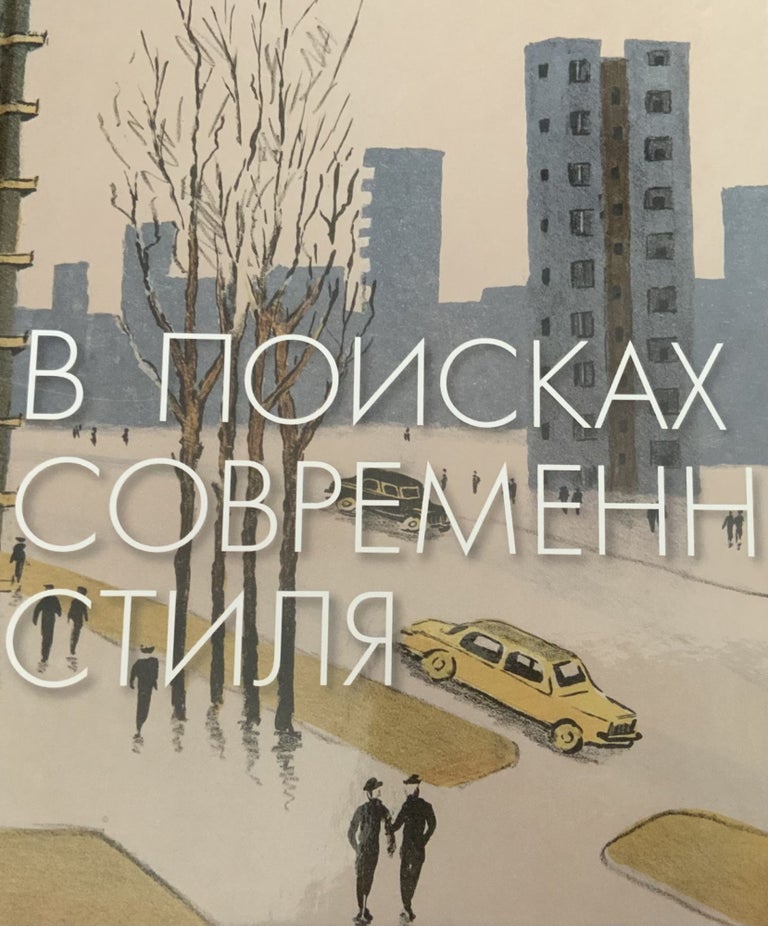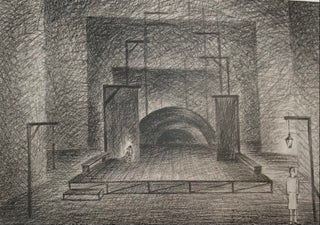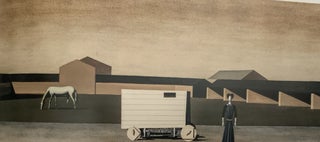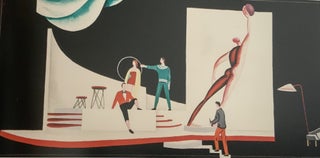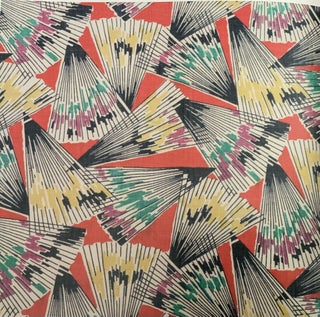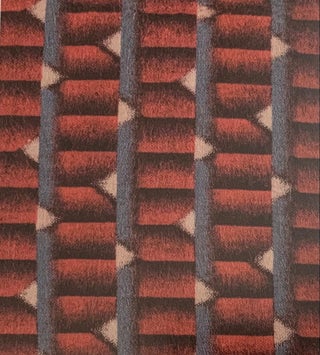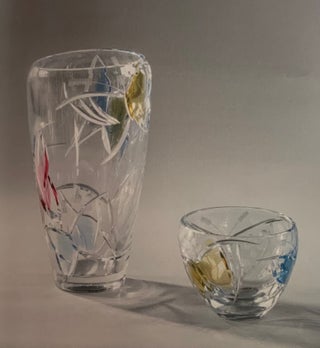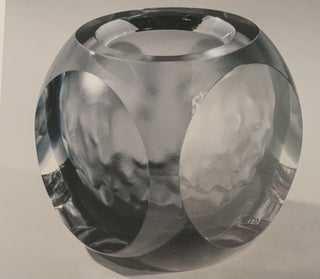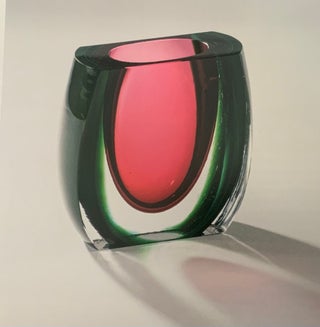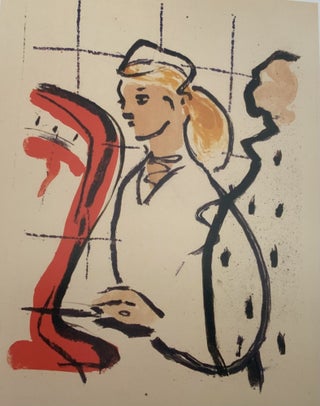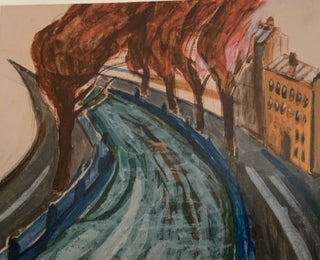V poiskakh sovremennogo stilia: leningradskii opyt. Vtoraia polovina 1950-kh – seredina 1960-kh godov (In search of a contemporary style: the Leningrad experiment of the late 50s and early 60s)
St. Petersburg: Rus muz, 2019. Sewn cl. The second half of the twentieth century in the Soviet Union has receded far enough in time for historians of art to recognize its most characteristic achievements. This catalogue of an exhibition at the Russian Museum publishes works from ten museums and private collections in many genres — painting, set and costume design; textiles and fashion; porcelain and glass; architecture; graphic art, advertising and book art, most of which date to the second half of the 1950s and 1960s, the so-called Thaw after the easing of Stalin's constraints under his successor Khrushchev. Five substantive chapters analyze the works and infer from them what styles characterize the period. Central is the theme of politics and art, and how liberalizing opened the way to new styles in various arts. Two examples were Khrushchev’s speech to the All-Union Builders Conference in late 1954 about the excesses in adornment, which brought an end to grandiose Stalinist neoclassicism, and the decree of 1962 about improving manufactured goods for everyday life by incorporating artistic design. 207 p., approx. 200 color illus., Rus. Item #3385
Price: $48.00

